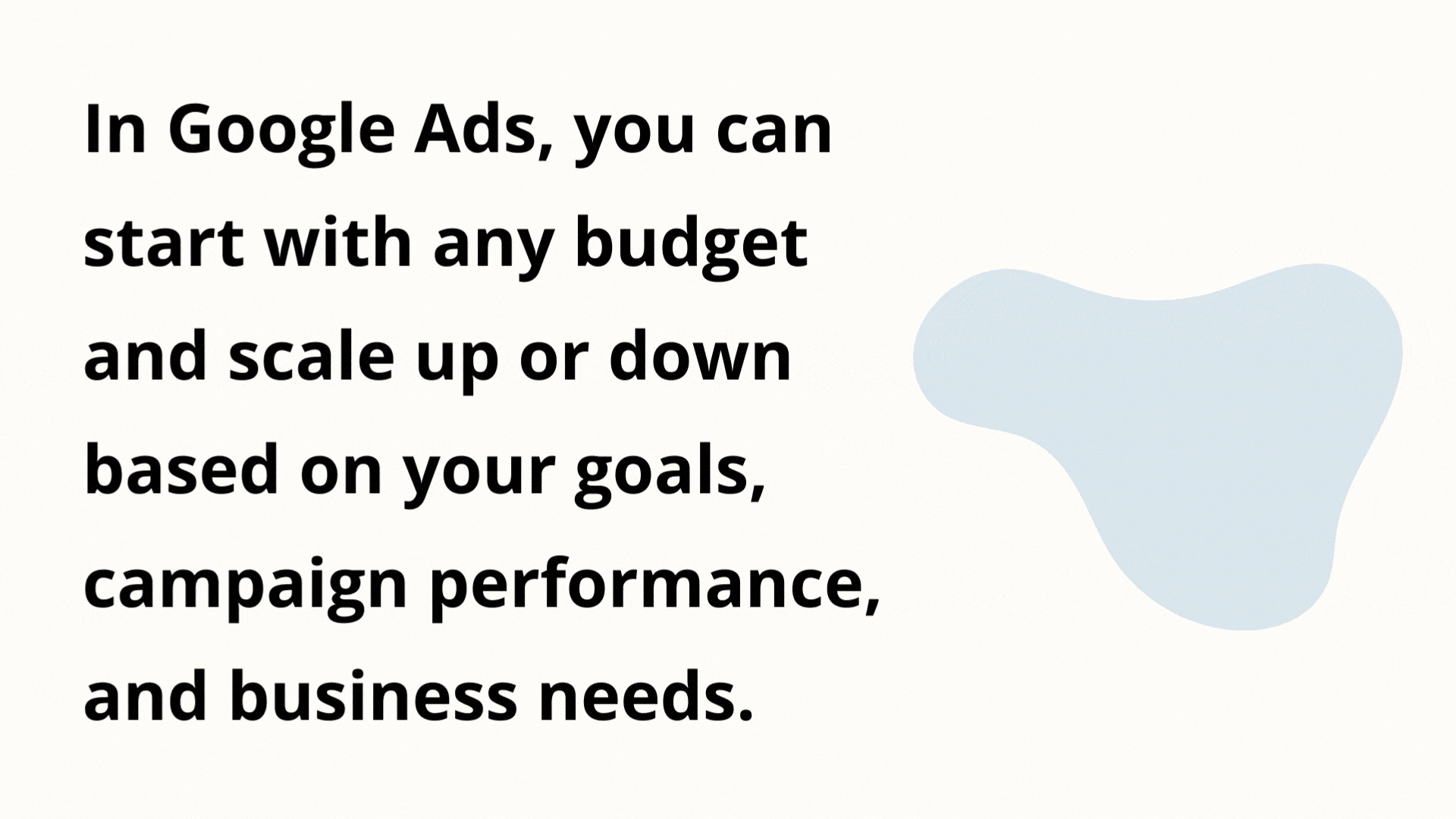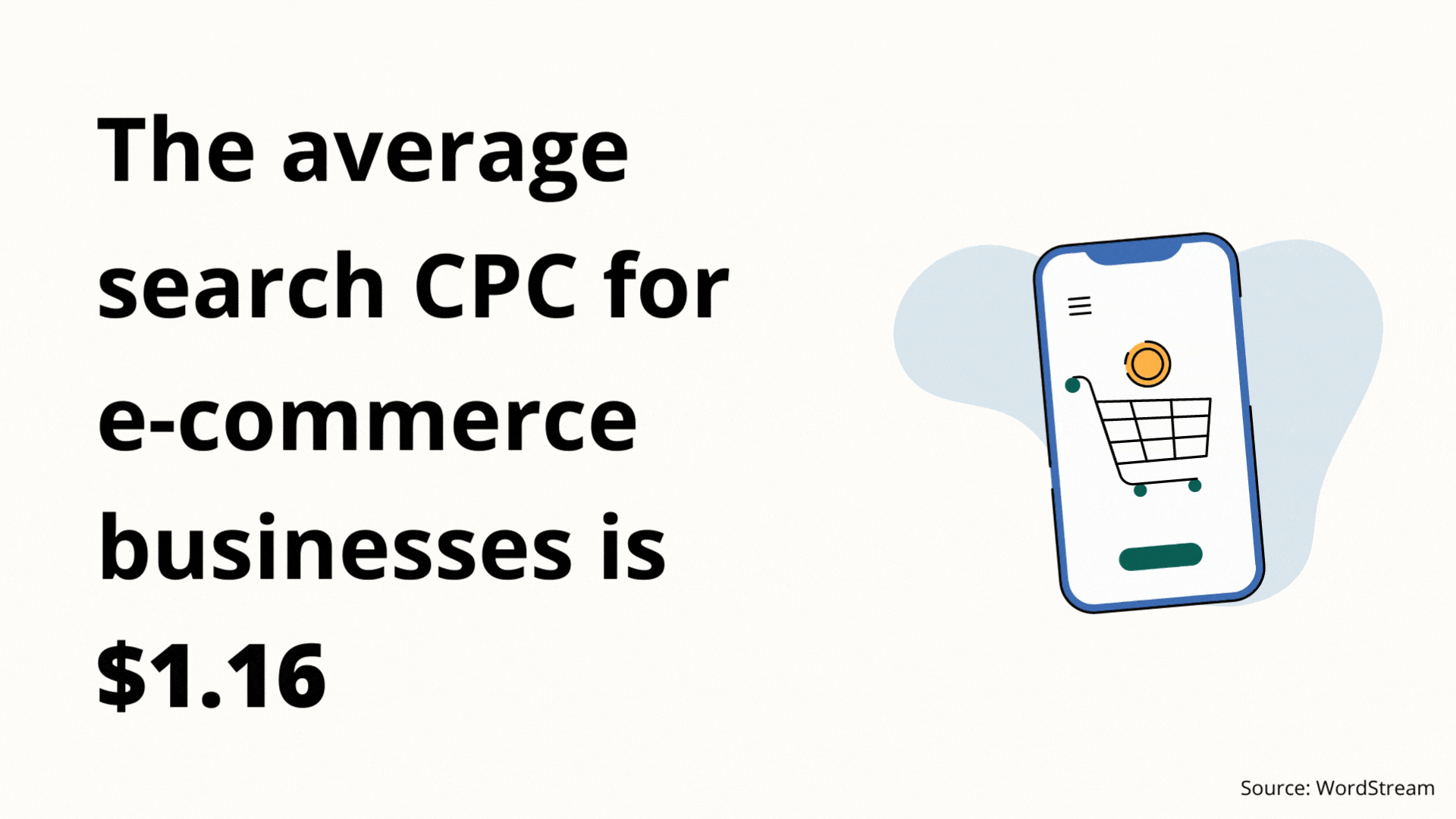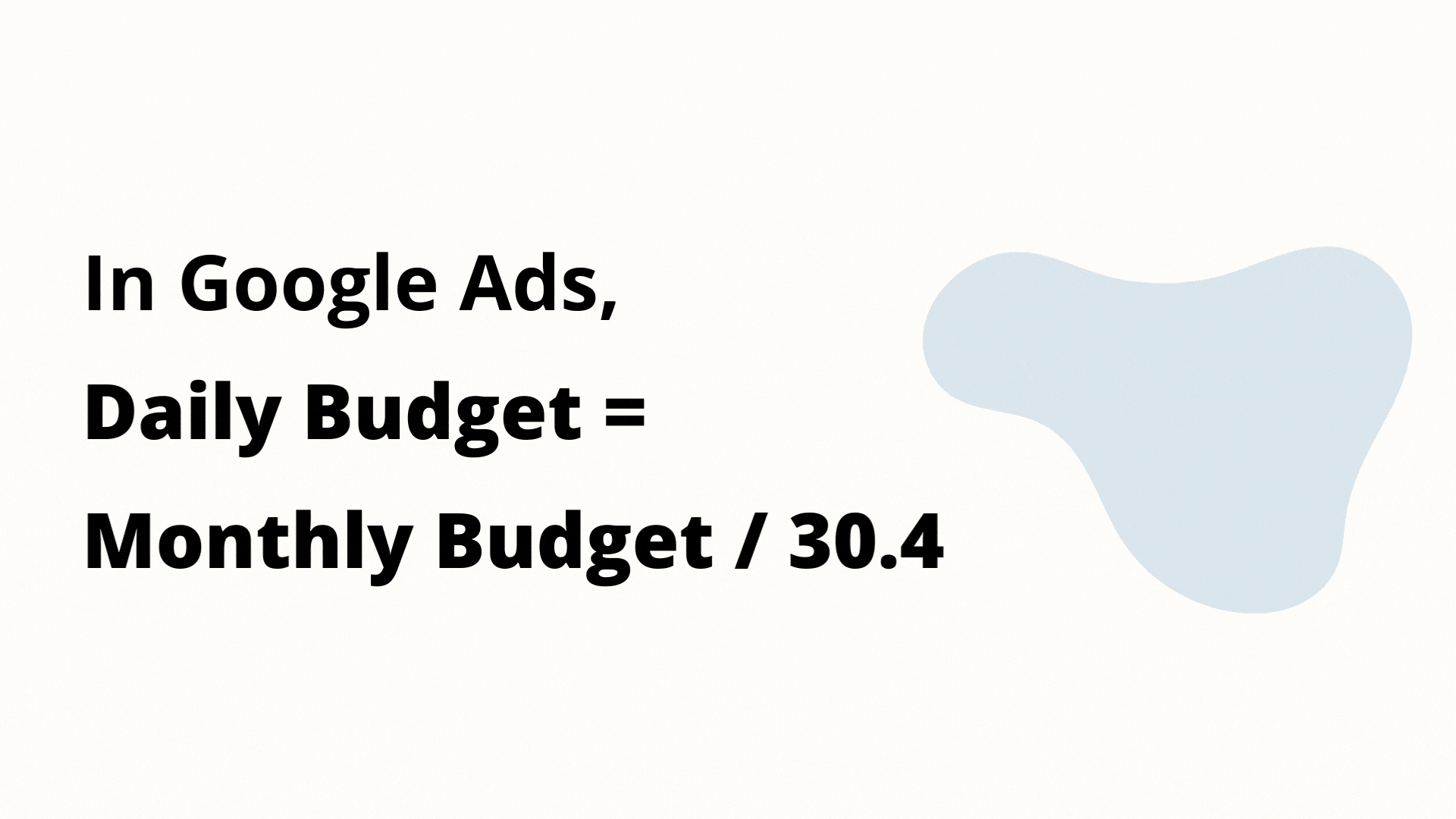When businesses first branch into PPC and SEM, many ask how much Google Ads is going to cost. The short answer is– it depends. Cost per click (CPC) will vary depending on your industry, location, competition, and other factors.
However, one of the core benefits of Google Ads is that you can set your own budget– meaning you have control over how much you spend each month. Plus, you can change your budget at any time.
Therefore, you can start with any budget and scale up or down based on your goals, campaign performance, and business needs.
This level of control and flexibility has helped make Google Ads one of the most popular PPC platforms among advertisers.
Below, we’ll talk more about what to expect for CPCs and how to set your budget in Google Ads.

What to Expect for Cost per Click (CPC)
Numerous factors influence CPC, which is the amount you pay to Google when someone clicks on your ad. Some of these factors are within your control, while others are not.
Factors predominantly outside of your control include demand, competition, seasonal trends, and your industry.
However, other factors are more controllable. These include campaign type, bid strategy, targeted locations, quality score, and keyword selection.
Even the length of your campaign comes into play. For example, brand new campaigns will often start out with a higher CPC, but then see a decrease as the campaigns learn, gather more data, and optimize over time.
Because several factors influencing CPC are outside your control, paying attention to the things you can control is crucial. Advertisers should strive to lay a solid campaign foundation and work towards a high quality score with tactics such as:
- Using ad extensions
- Including keywords in the ad copy
- Utilizing the latest ad formats
- Ensuring the landing page is relevant, fast, engaging, and easy to use
- Giving your campaigns time to optimize
Over time, if you continue to see a high cost per click in your campaign, try testing new ad copy, keyword match types, negative keywords, ad extensions, and other campaign elements to help improve performance.

CPC by Industry
Industry benchmarks can help give you an idea of what kind of CPC to expect in your campaigns.
WordStream provides a list of industry benchmarks for CPC and other Google Ads metrics. The data gets updated regularly, so this is a helpful resource to keep on hand.
Keep in mind that these are just industry averages. The actual CPC in your campaign may be higher or lower than these numbers, and will likely fluctuate over time.
However, these benchmarks can help you set expectations based on your initial budget. For example, if the average CPC for your industry is $5.00, you can expect a budget of $1,000.00 per month to yield an estimated 200 clicks.
Once your campaign gets up and running, you’ll accumulate data on actual CPCs, along with how many website visitors are converting and at what rate. This data can help you hone in on a more appropriate budget based on your business needs and goals.
How to Set Your Monthly Budget in Google Ads
As mentioned earlier, Google Ads lets you set your own budget. Furthermore, you can change your budget at any time. This provides flexibility to adjust your PPC efforts based on your business goals and needs.
When it comes time to actually set your budget in the Google Ads platform, you’ll provide Google with a daily budget rather than a monthly budget.
Rather than being the actual amount you want to spend per day, the daily budget is more of an average. For example, on busy days where customers are more likely to convert, Google may spend up to twice the daily budget amount. Meanwhile, on a slower day, Google may spend less than your daily budget. However, throughout the course of the month, Google should not spend more than your target monthly budget– as long as you set your daily budget correctly.
Therefore, it’s critical to calculate your daily budget correctly, so you don’t end up overspending or underspending in Google Ads.

How to Calculate Your Daily Budget
To calculate your daily budget in Google Ads, divide your total monthly budget by 30.4:
- Daily Budget = Monthly Budget / 30.4
Why 30.4? This is what Google has determined is the average number of days in a month.
Below are examples of calculating a daily budget from your target monthly spend.
Example 1:
- Monthly Budget: $1,000
- 1,000 / 30.4 = 32.89
- Daily Budget: $32.89
Example 2:
- Monthly Budget: $15,000
- 15,000 / 30.4 = 493.42
- Daily Budget: $493.42
Example 3:
- Monthly Budget: $3,500
- 3,500 / 30.4 = 115.13
- Daily Budget: $115.13
Future Budget Strategy
Once your campaign has been running for a while (at least 60-90 days), you will gain a better idea of the true cost per click. You’ll also get data about conversions, conversion rate, and other KPIs.
This will allow you to hone in on a more accurate and intentional budget strategy.
As you accumulate more data, metrics like cost per acquisition (CPA) and return on ad spend (ROAS) can help inform a more sophisticated budget strategy that drives meaningful business results.
If you need help taking the next step in your Google Ads campaigns, contact Creative Website Marketing today.

